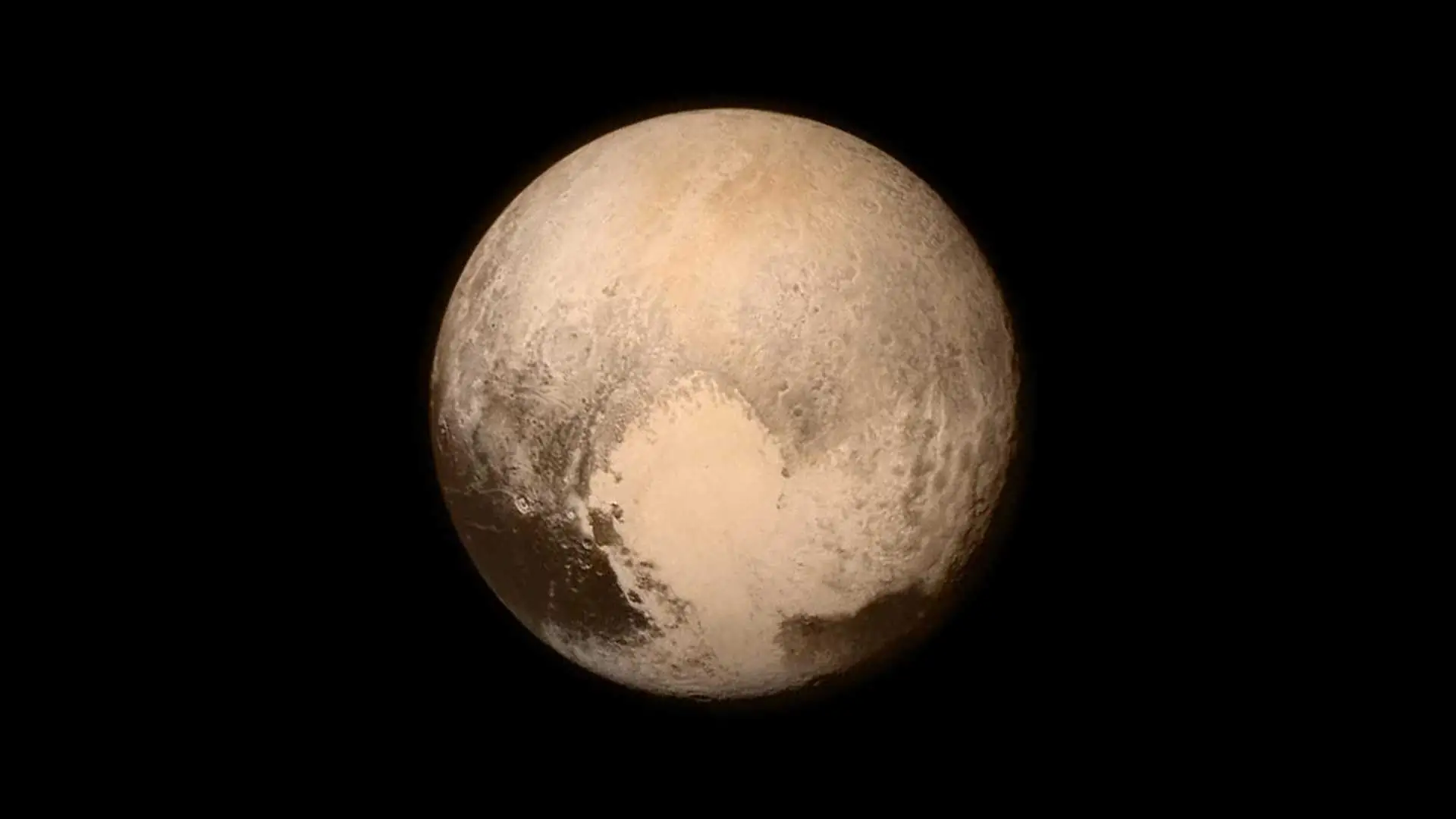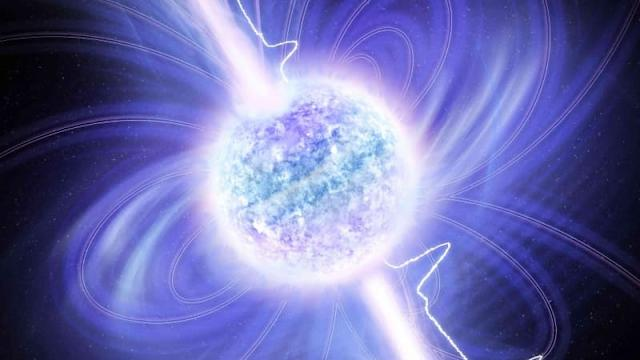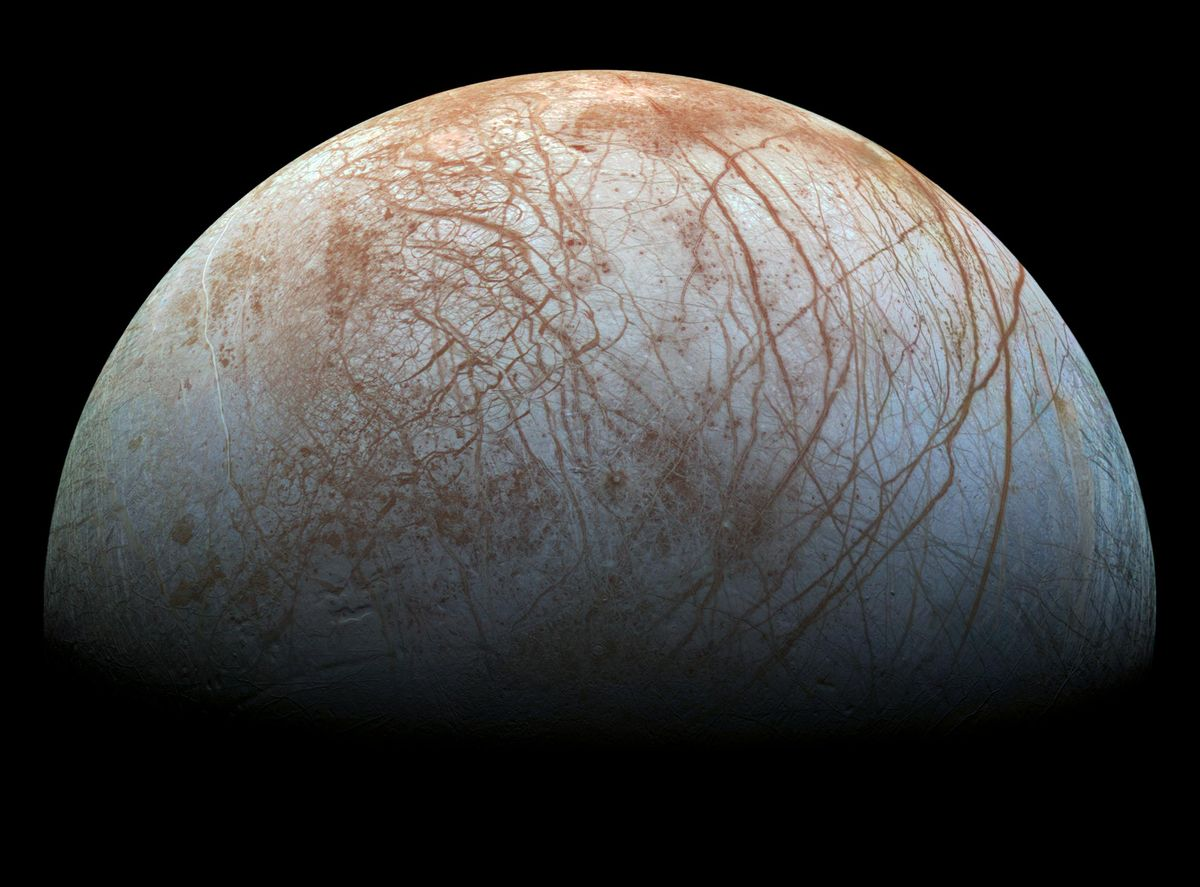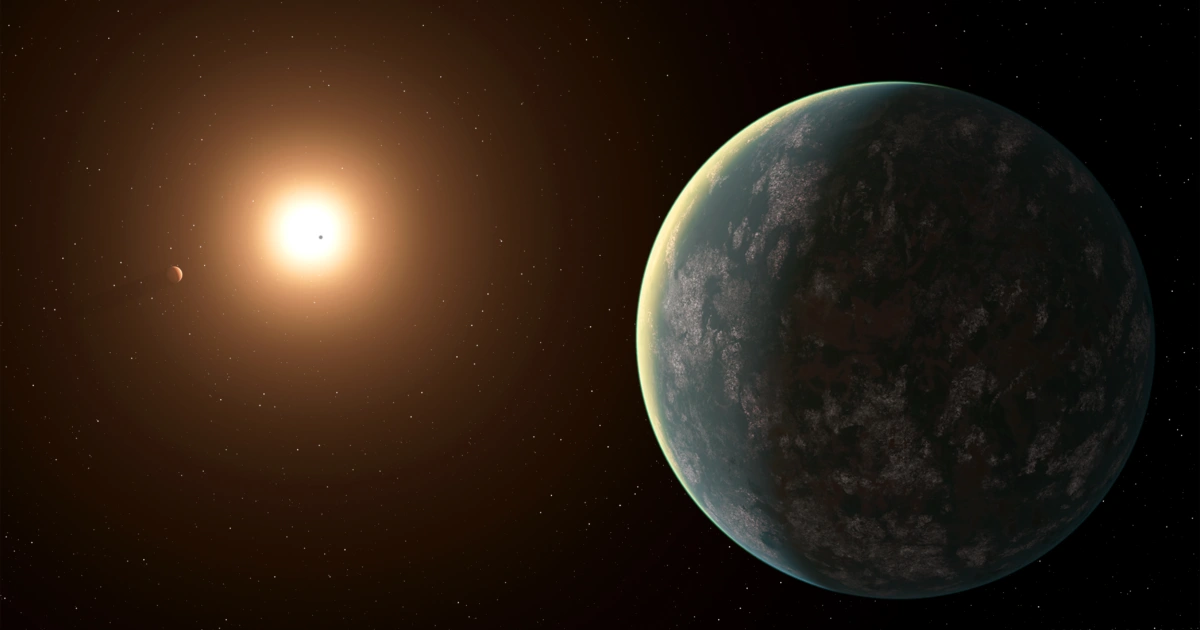1. The Definition of a Planet
To understand why Pluto was reclassified, it’s important to look at the definition of a planet set by the IAU. According to the IAU, a celestial body must meet three criteria to be considered a planet:
- It must orbit the Sun.
- It must be spherical (or nearly round) due to its own gravity.
- It must have cleared its orbit of other debris.
Pluto meets the first two criteria but fails the third, which is a key reason for its reclassification.
2. The Discovery of Other Dwarf Planets
In the early 2000s, astronomers began discovering several other celestial bodies in the Kuiper Belt, an area beyond Neptune filled with icy objects. One notable discovery was Eris, which is similar in size to Pluto and has its own moon. The existence of these objects raised questions about the criteria for defining planets.
As more bodies of similar size were found, it became clear that Pluto was not unique in its classification. This prompted the need for a clearer distinction between planets and other types of celestial bodies, particularly those found in the Kuiper Belt.
3. The Kuiper Belt and Its Implications
Pluto resides in the Kuiper Belt, a region filled with small, icy bodies. Many of these objects are similar in size to Pluto, complicating how we classify celestial bodies in this region.
The discovery of other objects, like Haumea and Makemake, reinforced the idea that Pluto and these bodies belong to a category distinct from traditional planets. This highlights the diversity of celestial bodies in our solar system.
4. The Scientific Debate
Pluto’s reclassification has generated significant debate. Some astronomers and planetary scientists argue that Pluto should keep its planet status due to its historical significance and unique features. They believe that the IAU’s definition is too restrictive and doesn’t account for the complexities of celestial bodies.
Conversely, supporters of the new definition argue that classifying Pluto as a dwarf planet reflects a more accurate understanding of its characteristics and its relationship with other similar celestial bodies.
5. Implications for Astronomy Education
Pluto’s reclassification has important implications for astronomy education. It encourages educators to present a more nuanced view of the solar system, emphasizing the diversity of celestial bodies and the ongoing nature of scientific discovery.
In classrooms, Pluto’s story serves as a reminder of the importance of evidence-based definitions and the evolving nature of scientific understanding.
Conclusion
Pluto’s reclassification from planet to dwarf planet reflects our growing understanding of the solar system and the criteria we use to define celestial bodies. While Pluto may no longer hold the status of a planet, it remains an object of fascination and scientific interest. The debate surrounding its classification highlights the dynamic nature of science and the need to adapt our definitions as we explore and learn more about the cosmos. Pluto’s story reminds us that in science, as in life, definitions can evolve as our understanding deepens.




